WWl dig Cannock Chase
published on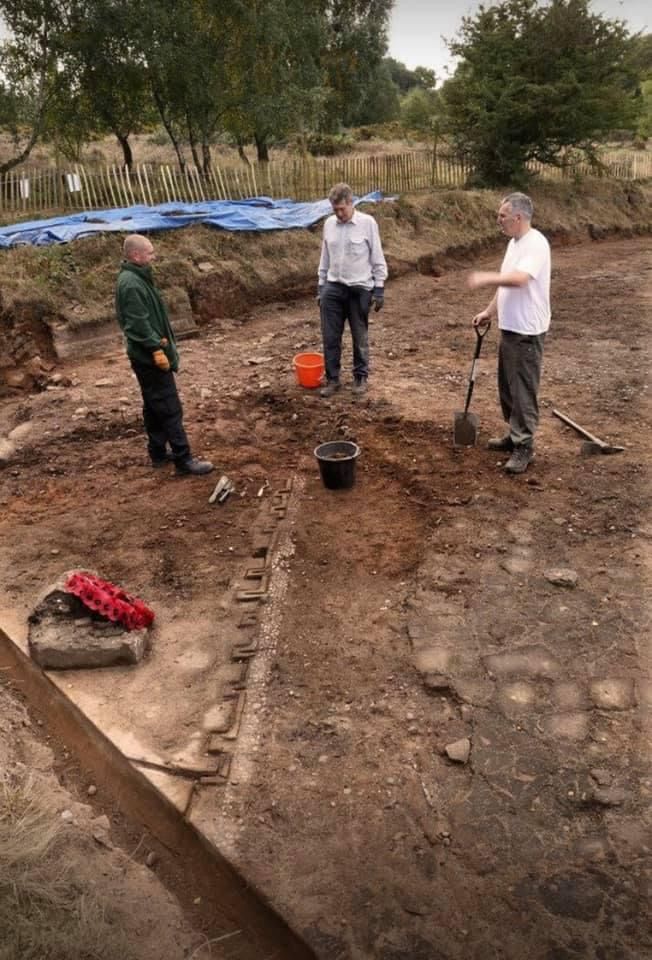
In September 2013 excavation work got underway with the Chase Through Time Project of the Messines Model at Brocton Camp on Cannock Chase.
A few weeks before the excavation got underway a few training days were held. Not in excavation techniques but in understanding Lidar and how to interpret the Lidar scans themselves. I also went out onto the Chase with them to find and record the location of the huts that the soldiers of the First World War training camp at Brocton lived in. There was a ‘sister’ camp at Rugeley.
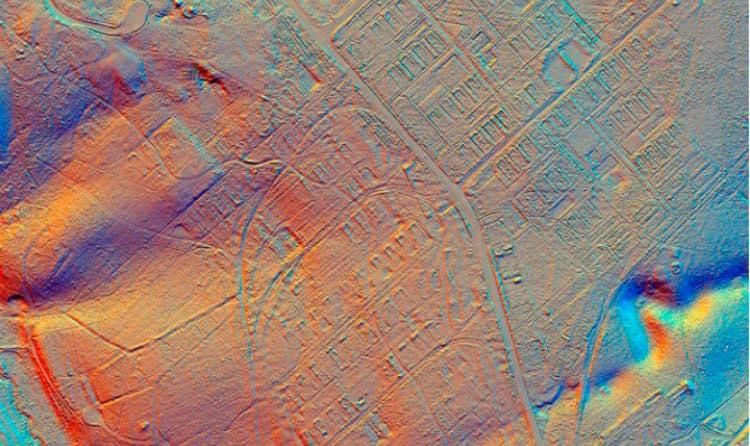
The Lidar image of the camps.
The camps were effectively small towns the infrastructure for the camps including the water supply, sewage systems and the roads all had to be created from scratch. A railway was also built.
The camps, when completed, could hold up to 40,000 men at any one time and probably trained upwards of 500,000 men. They had all their own amenities including a church, post offices and a bakery as well as amenity huts where the troops could buy coffee and cakes, or play billiards, there was even a theatre.
Both days training were extremely informative and enjoyable. I’d been walking over the Chase for 40 years and never really gave the lumps and bumps much thought until then.
An excavation got underway to find the model village of Messines. I only had time to do a couple of days digging but it was an enjoyable experience. Meeting new people one of which, Archaeologist Martin Brown, had also done several Time Teams. Jaguar Land Rover sent over some employees to help with the excavation to as well as other volunteers like myself. It was a strange dig in that we knew what we were looking for before we started digging. The model itself was not too far under the turf but was damaged in places by the roots of the gorse bushes growing through it. We found the hut, that an attendant would sit in and sell tickets. A small fee used to be charged after the war for visitors to look around the model village.
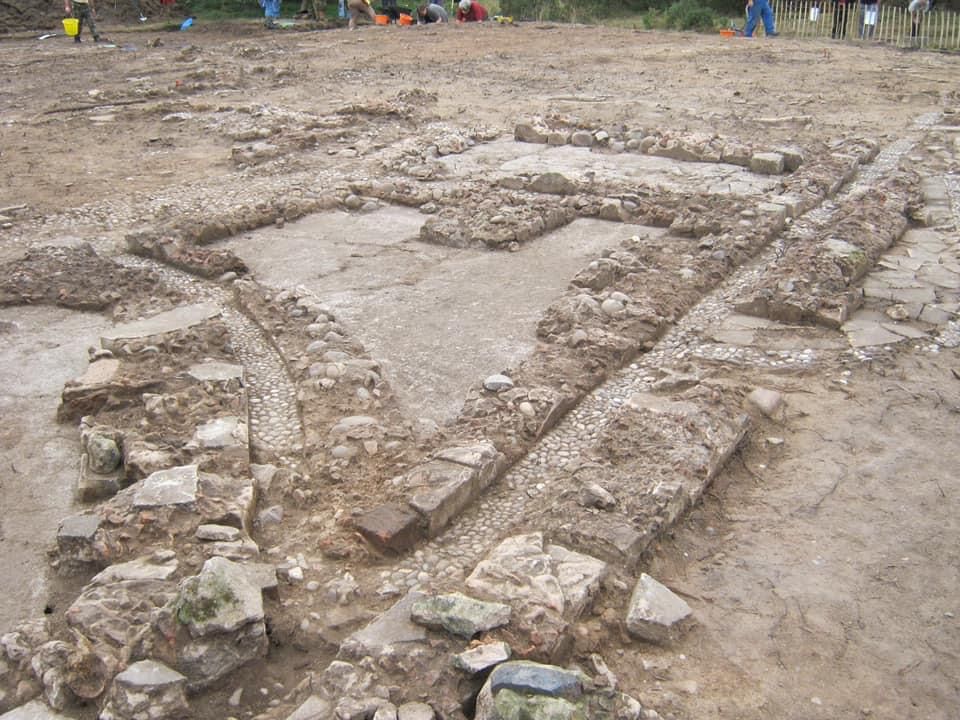
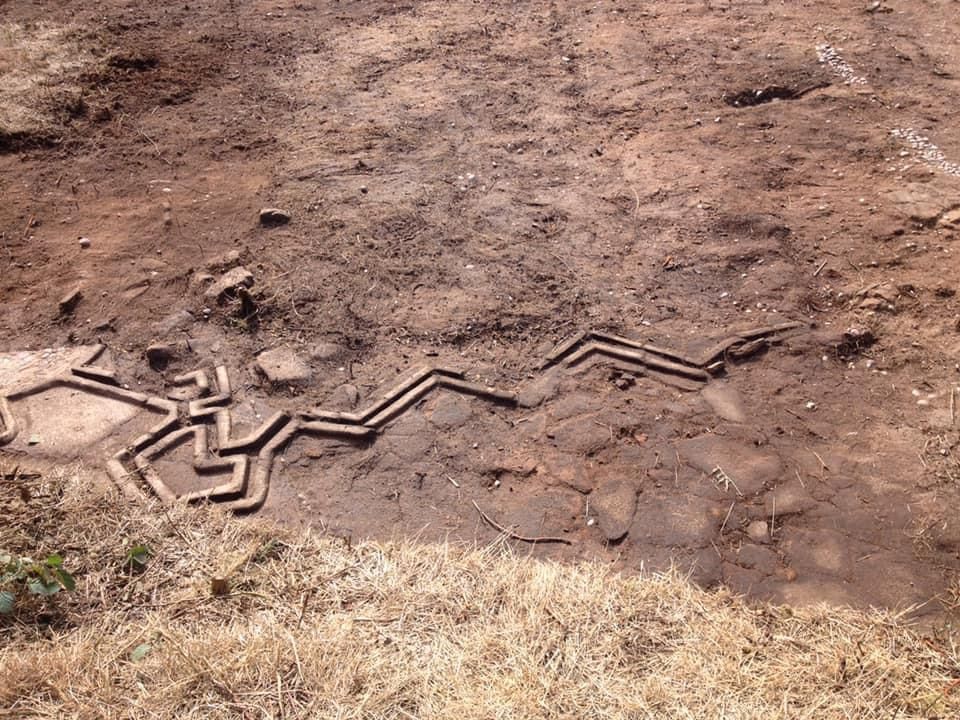
The model itself was around 35 square meters in size and was constructed following the capture of the village of Messines in West Flanders, Belgium in June 1917. German prisoners of war built the model supervised by troops from the New Zealand Rifle Brigade (NZRB). The model was finished in 1918 close to the first anniversary of the battle. It was used to train soldiers at Brocton in topography (map reading) and as a memorial to fallen colleagues.
Unfortunately as with many archaeological sites the money just isn’t there to put them on proper display so the model was photographed, covered with a membrane, then soil was placed over the top of it. If you go there now there is no sign of what lies beneath the surface, but I know!
You can let me know your thoughts here.
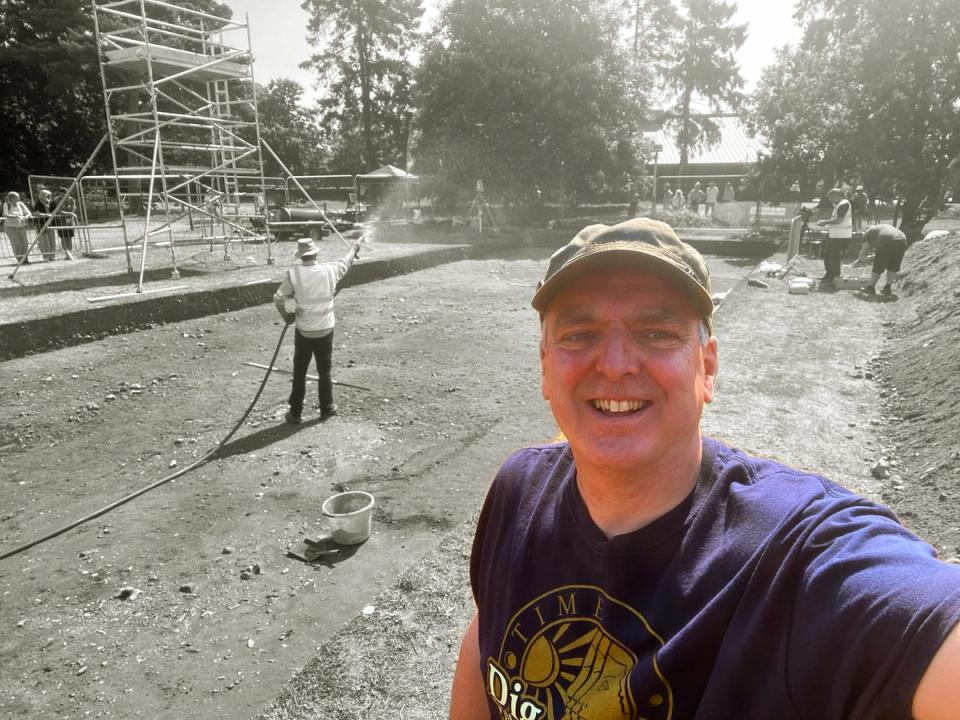
Written by Ivan Clowsley.
Writer on this blog.